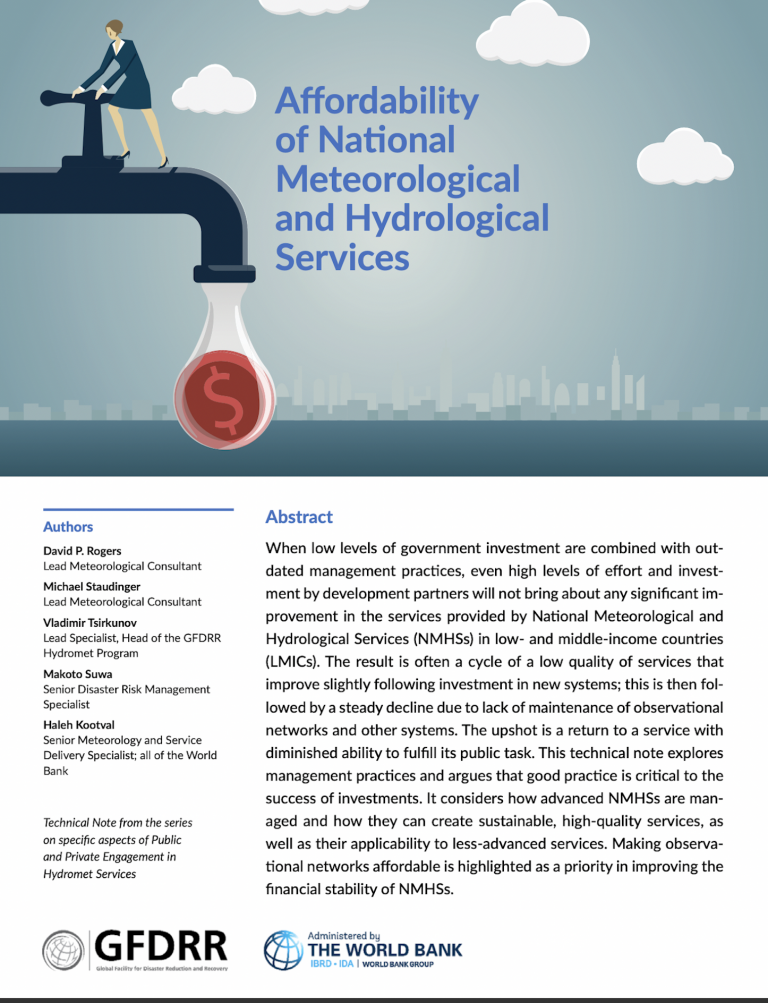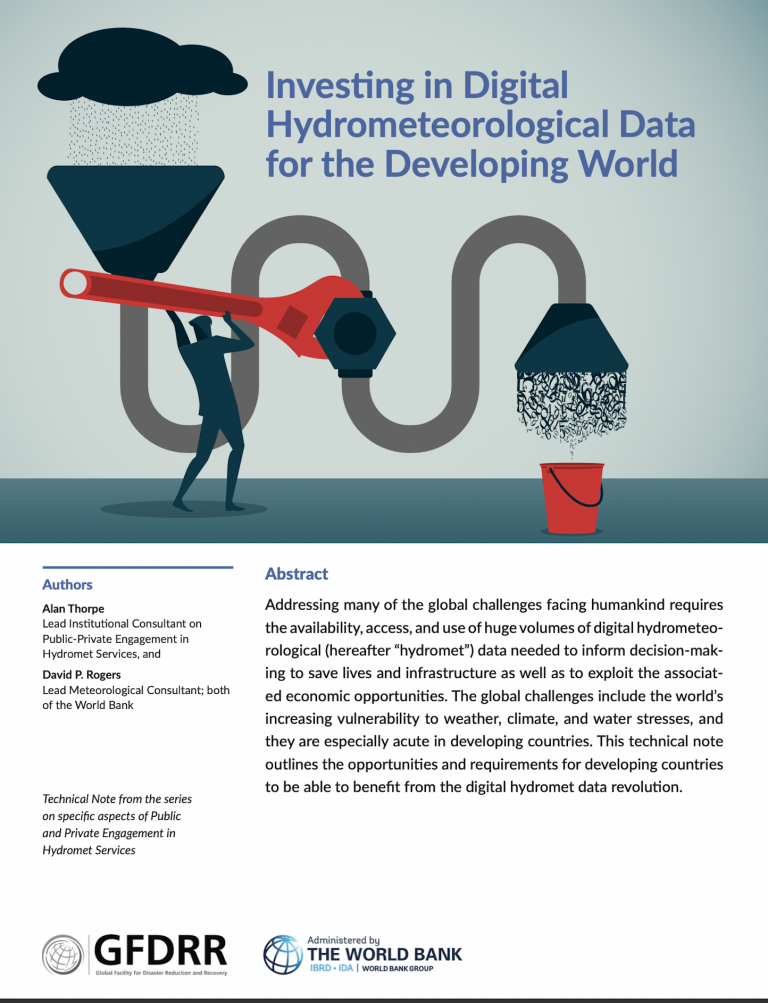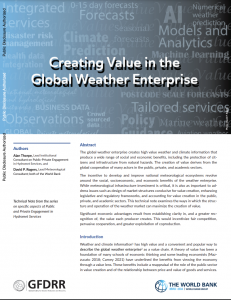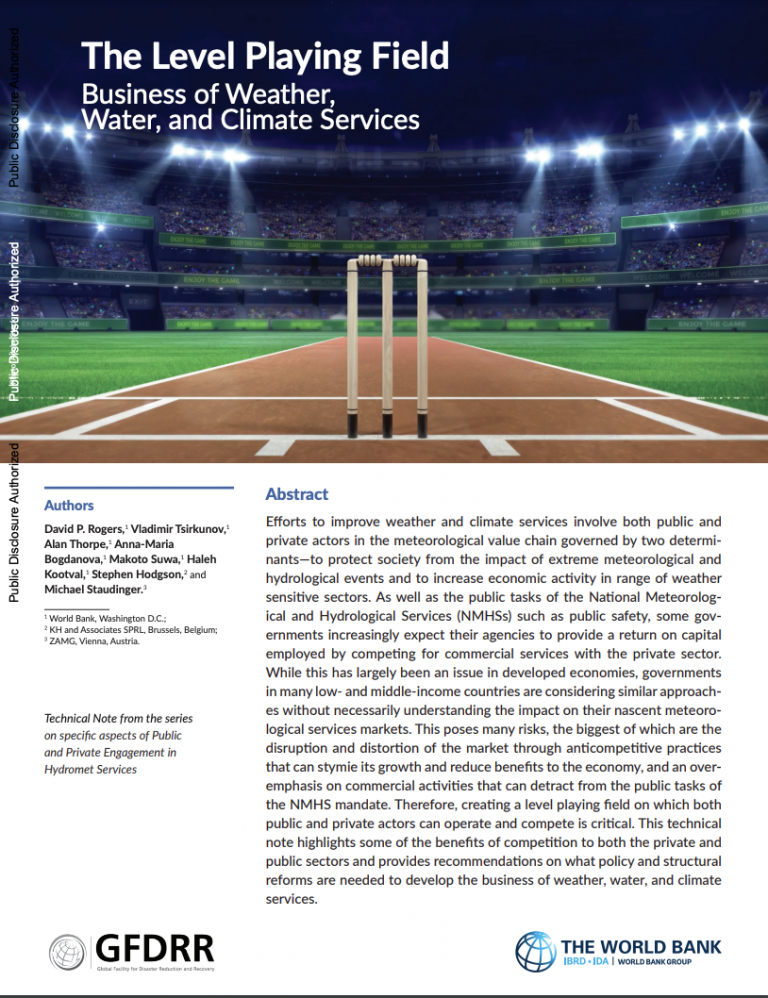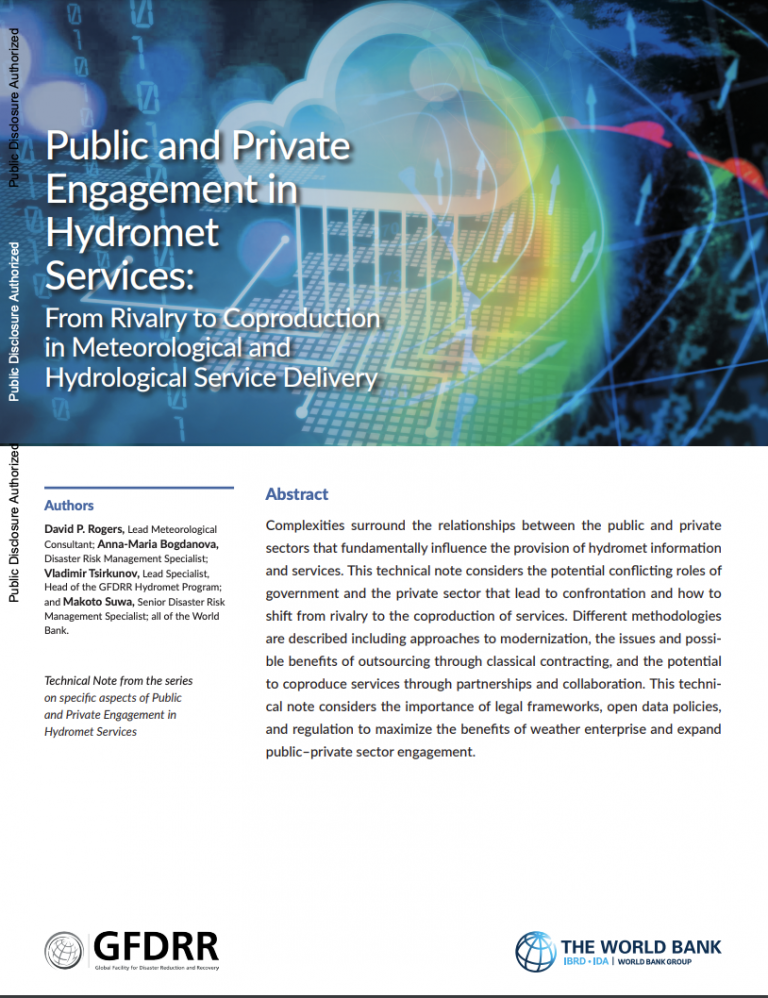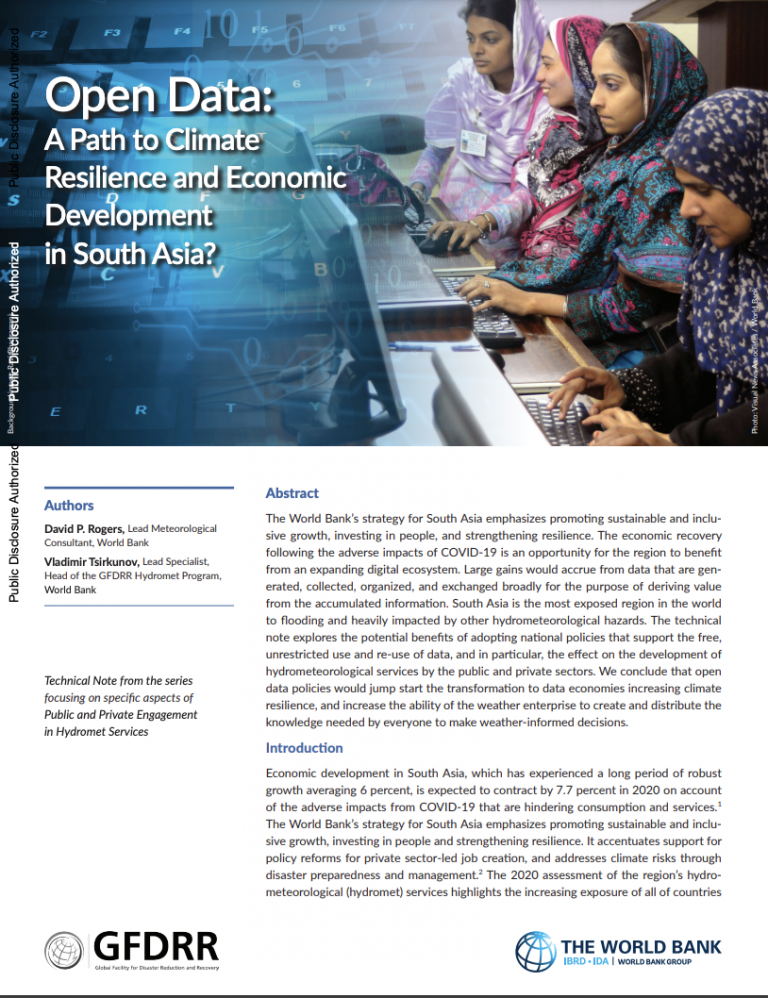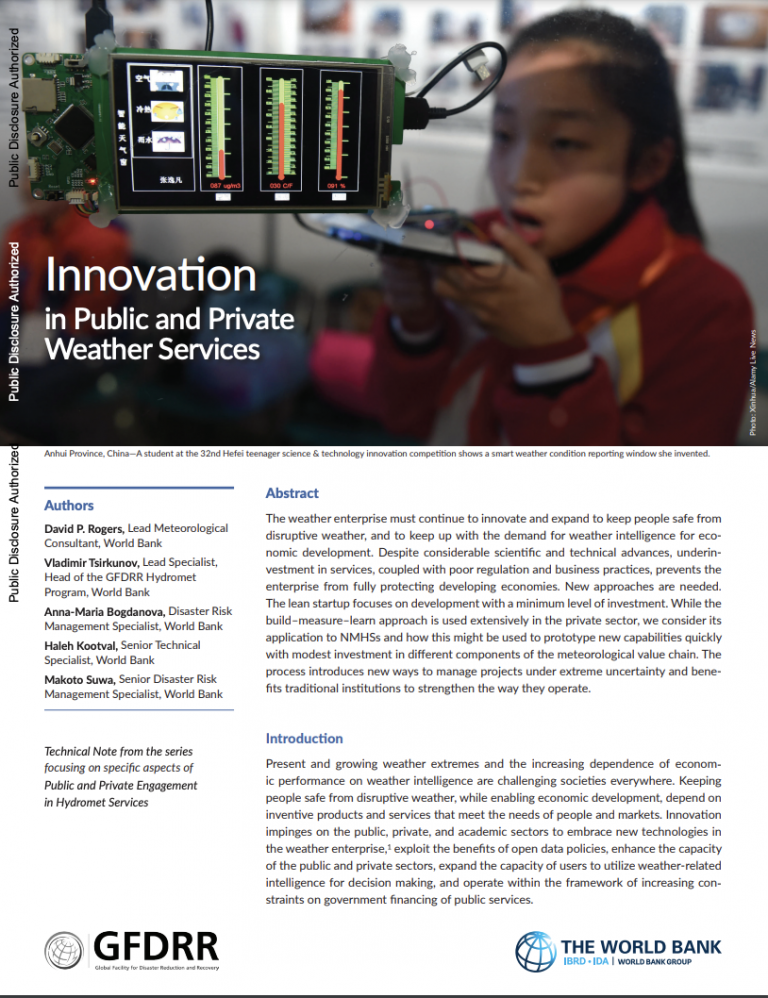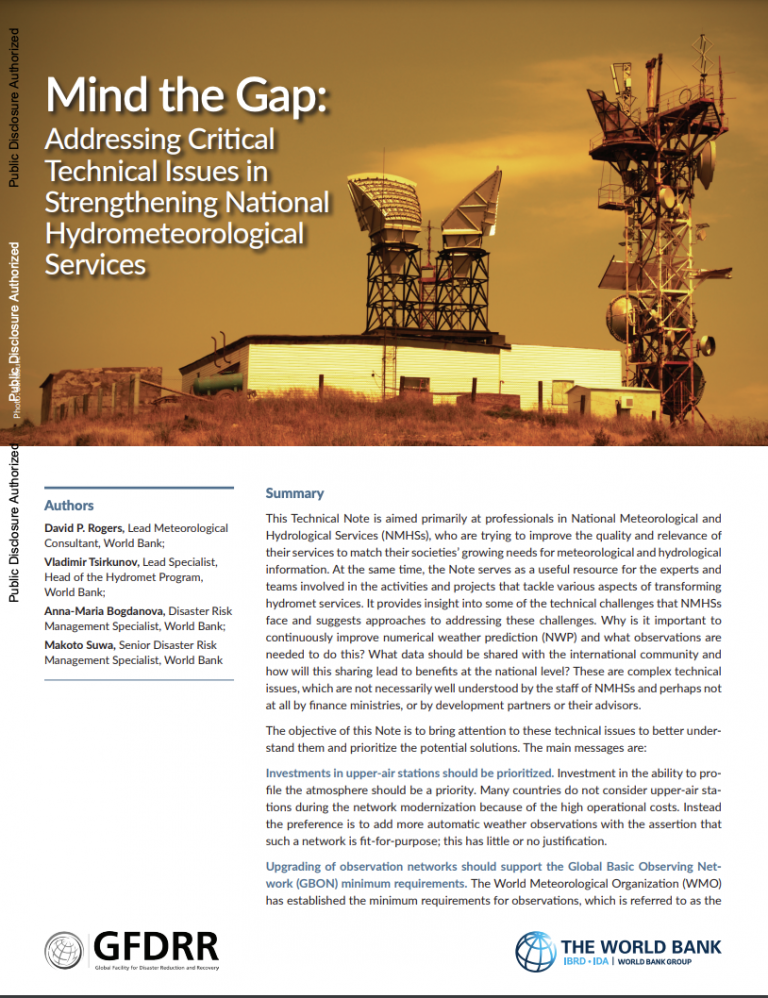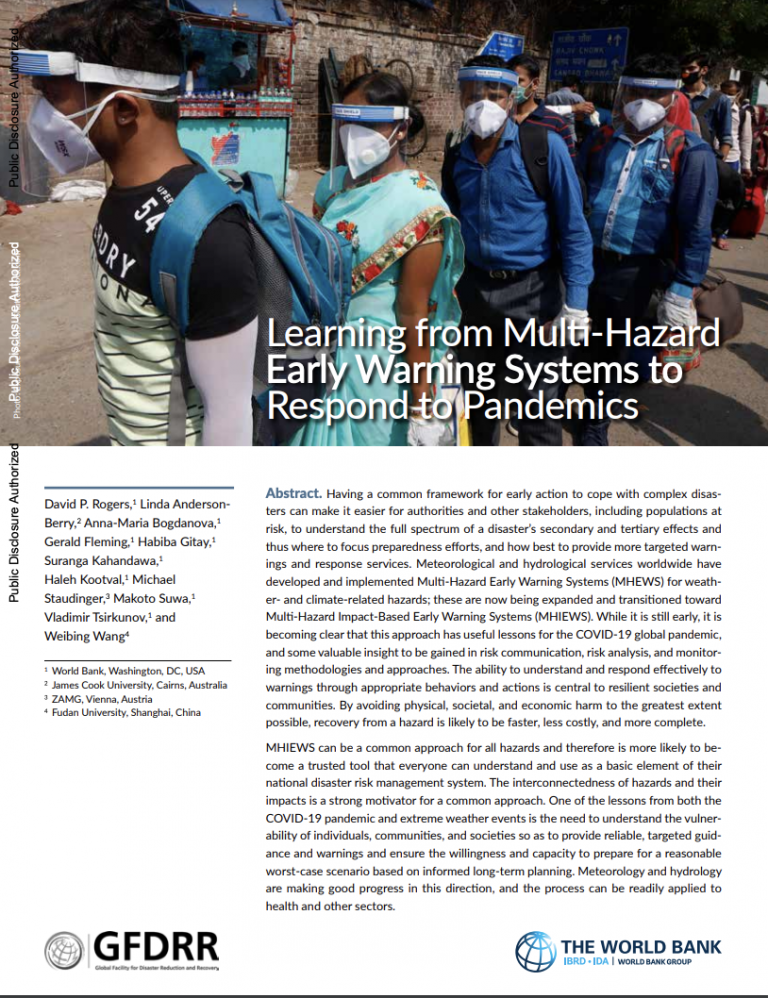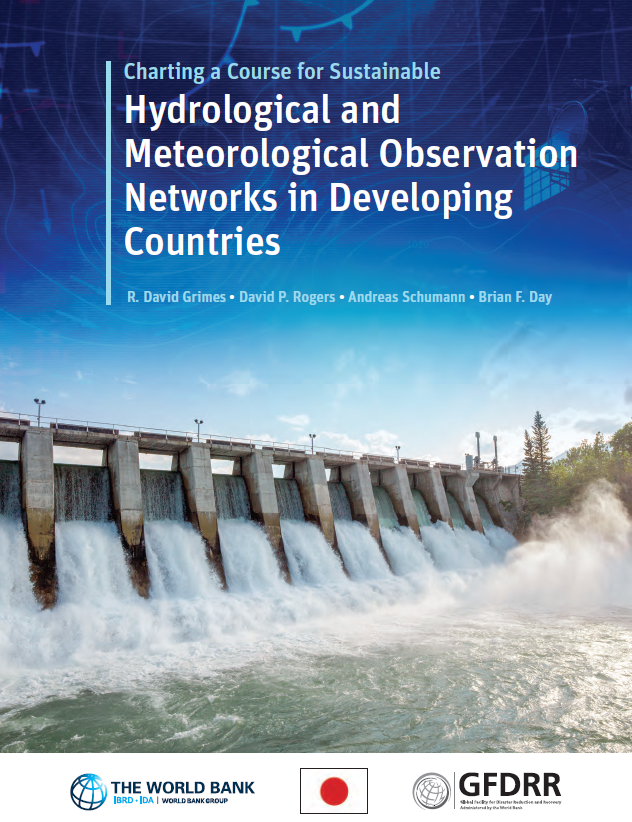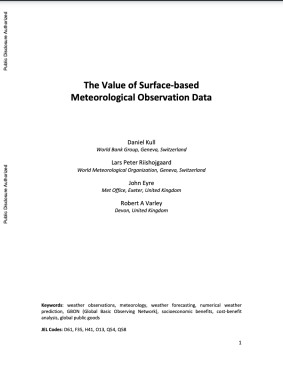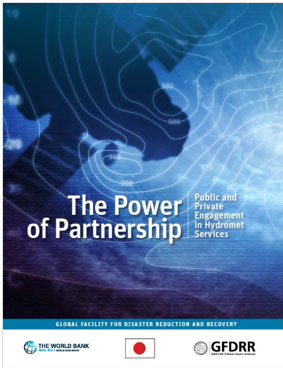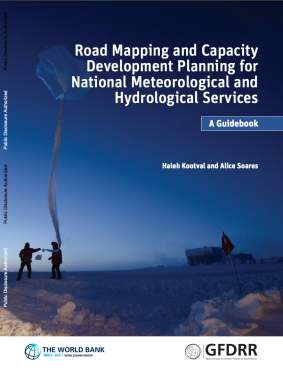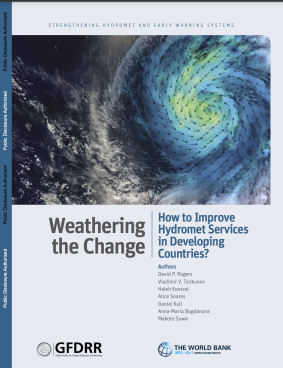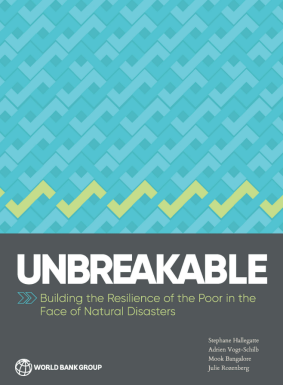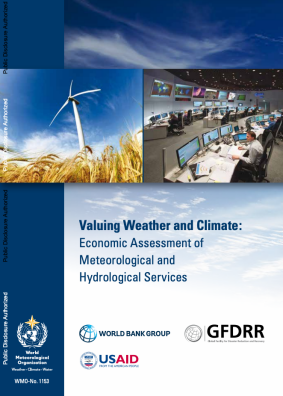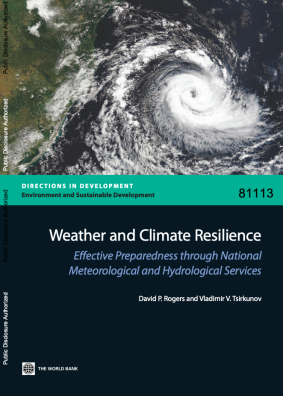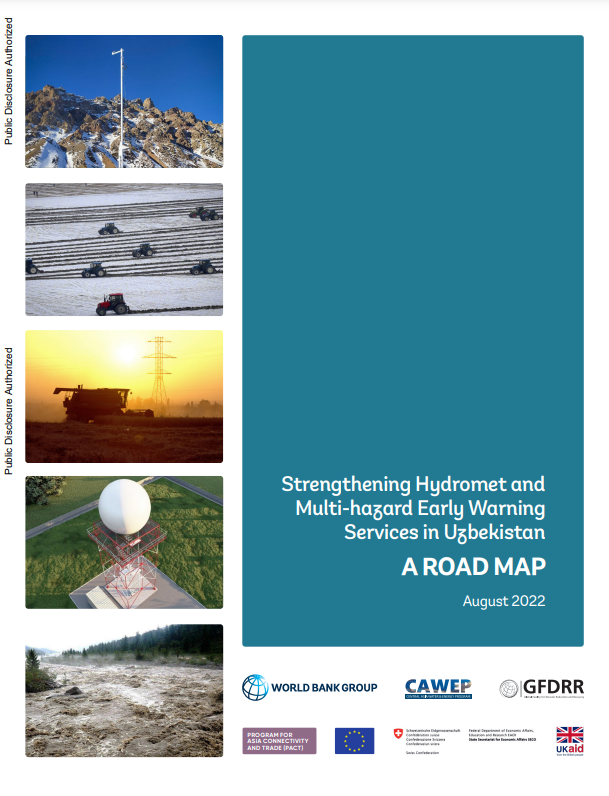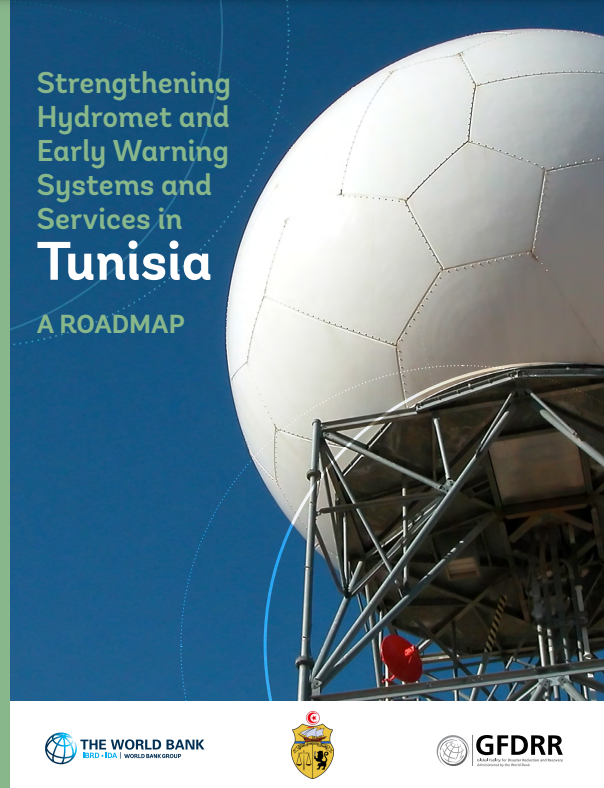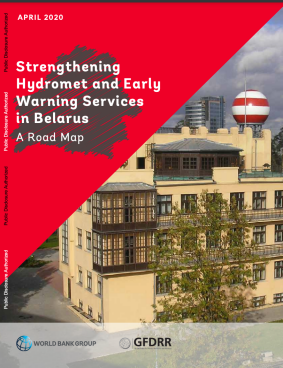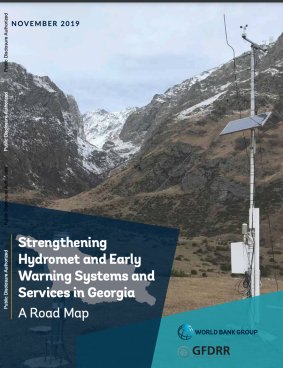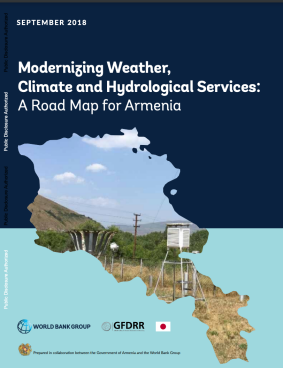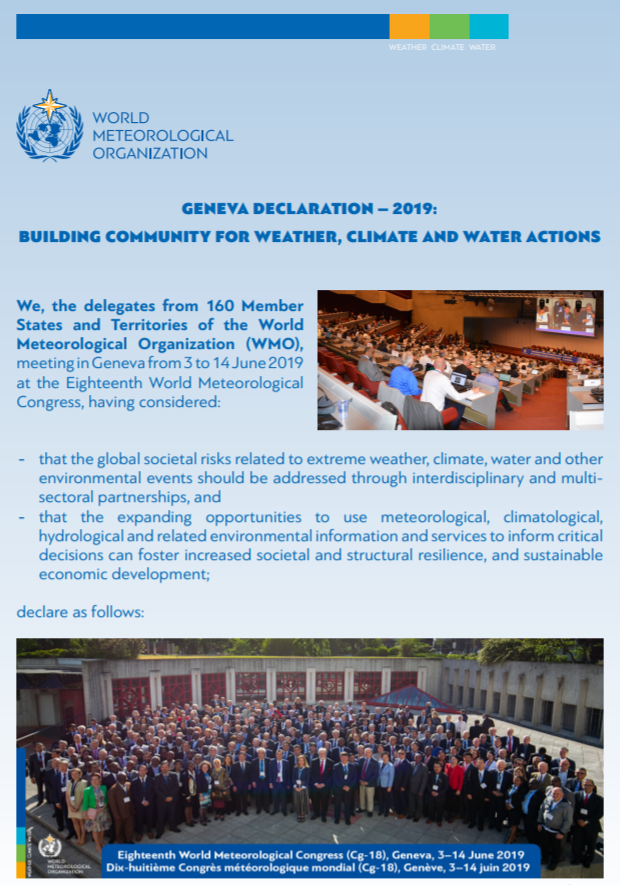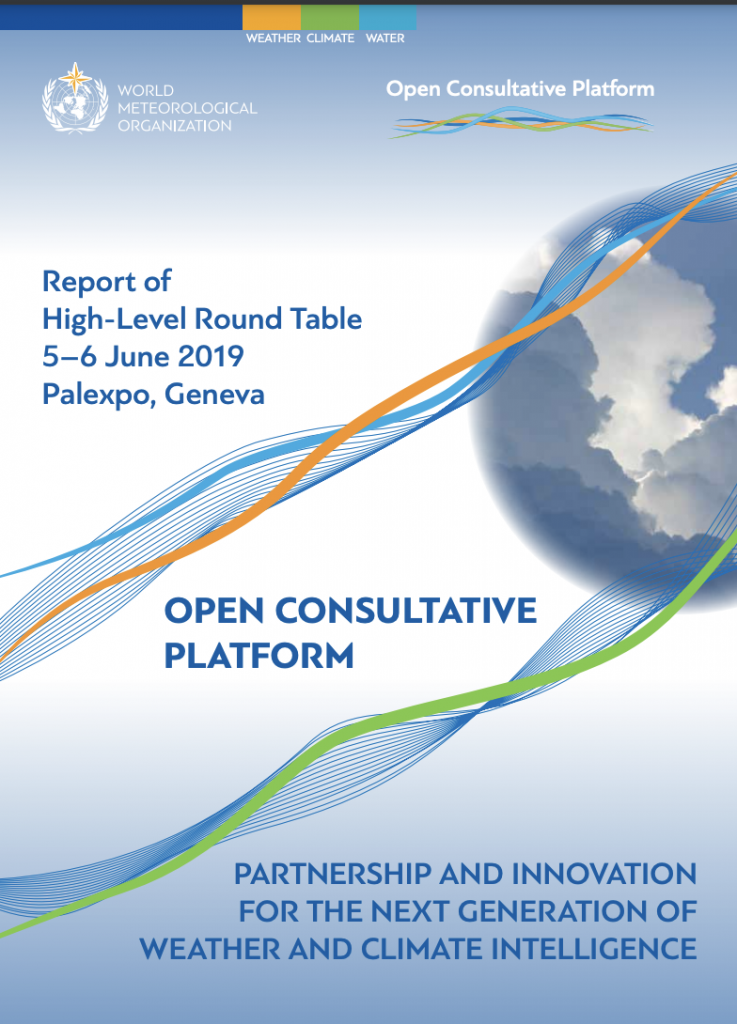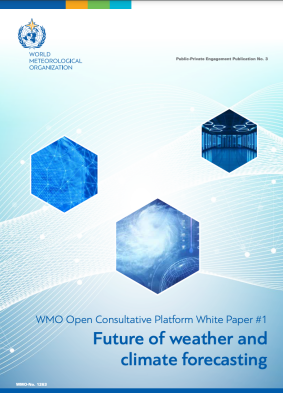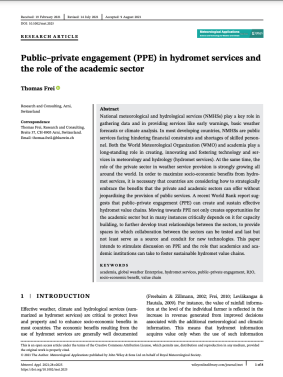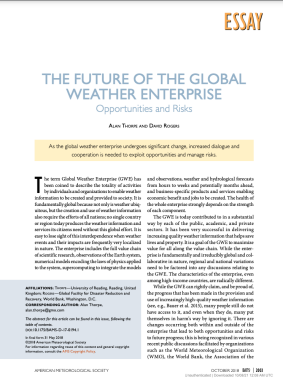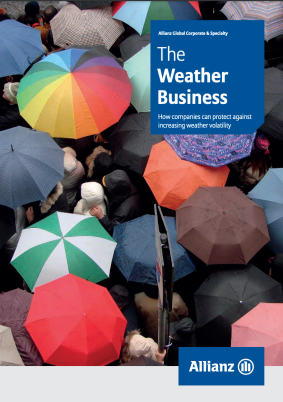Charting a course for sustainable hydrological and meteorological observation networks in developing countries
GFDRR's new publication Charting a course for sustainable hydrological and meteorological observation networks in developing countries aims to help nations and development partners design fit-for-purpose and fit-for-budget networks.
It explores the root causes of why national meteorological and hydrological systems fall into disrepair—even after being modernized—and shares a visionary approach to achieve more sustainable outcomes.
Floods, droughts, and extreme weather disrupt social and economic development and must be dealt with within the framework of a changing climate. The World Bank’s and GFDRR development agenda is intimately linked, therefore, to hydrological and meteorological monitoring and forecasting to anticipate threats and opportunities posed by the environment. Application of this knowledge can minimize risks by protecting the vulnerable and reducing exposure.
Albeit highly beneficial, installing and maintaining surface-based hydrological and meteorological observational networks are a costly undertaking for many low- and middle-income countries and one that is often underfunded and neglected.
Data gaps grow and the quality of critical forecasts declines or is never achieved and the adverse impact on national development is palpable.
The study builds on successful outcomes in higher income nations, which not only offer insights for many lower income countries but also help development agencies integrate the principles and conditions of success into the design of their own development projects.
The aim of this report is to explore in depth the root causes of why national meteorological and hydrological systems fall into disrepair—even after being modernized—and to share a visionary approach with recommendations to achieve more sustainable outcomes.
High resolution numerical weather prediction (NWP) is critical for improved forecasting of expected meteorological conditions, especially for extreme events. NMHSs traditionally install high performance computers (HPC) on their premises to run NWP models.
This comes with certain advantages such as minimization of potential latencies (time lags) of the network and nodes, optimal hardware configuration for NWP needs, and strong data security. However, due to resource and capacity constraints, many NMHSs often struggle to operate and maintain HPCs, which require costly facility and infrastructure investments, and high regular budget for maintenance, electricity, cooling and expert staff.
Conversely, cloud computing has become increasingly affordable and offers more flexibility in job and computing resource scaling without requiring significant capital investments.
In view of the growing climate- and weather-related challenges facing humanity and recognizing that climate services similarly rely on meteorological monitoring, surface-based observations should be treated as a critical public good, with public oversight and open exchange within the meteorological and climatological communities.
The study looks at the current landscape of public-private engagement and analyzes the hydromet value chain in six countries, and provides guidance to regulators, hydromet service providers, and private actors as well as development practitioners to achieve successful public-private-academic engagements.
This guidebook provides a structured basis to approach the task of transforming and developing capacities of national meteorological and hydrological services in the WB client countries, aiming to help the World Bank task teams and development partners working with national governments to strengthen NMHSs’ capabilities in producing and delivering services required by the governments, stakeholders, partners, and users.
This report examines the current state of the GWE, takes an in-depth look at the status and need for modernizing National Meteorological and Hydrological Services (NMHSs), and provides detailed recommendations.
This report moves beyond asset and production losses and shifts its attention to how natural disasters affect people’s well-being. Understanding the disproportionate vulnerability of poor people also makes the case for setting new intervention priorities to lessen the impact of natural disasters on the world’s poor…
Weather, climate and hydrological services have increased the safety and efficiency of land, sea and air transport, helped communities prepare for and respond to extreme weather events, and facilitated improved decision-making in weather-sensitive economic sectors. This publication introduces methods for cost/benefit assessment and analyses of hydromet services.
The report underscores the urgent need to strengthen the National Meteorological and Hydrological Services (NMHSs), especially those in developing countries, and provides cost-benefit estimates of the return that countries can hope to achieve. It also offers a recommended approach that has been tested and implemented in Europe, in Central and South Asia, and countries in other regions.
Building Community for Weather, Climate and Water Actions (as adopted at the 18th World Meteorological Congress, Geneva, 2019)
Report of High-Level Round Table on Public-Private Engagement, 5-6 June 2019, Geneva, Switzerland
Meteorol. Appl. 2021, Thomas Frei
BAMS, 2018, Alan Thorpe and David Rogers
Chaired by Mr. Michael Staudinger, Director General of Austria’s Central Institution for Meteorology and Geodynamics (ZAMG).
Chaired by Mr Patrick Benichou, President of MFI.
DATA – Business Models and Policies Shaping the Future of the Global Weather Enterprise
Chaired by Professor David Parsons, University of Oklahoma (Notes and..


